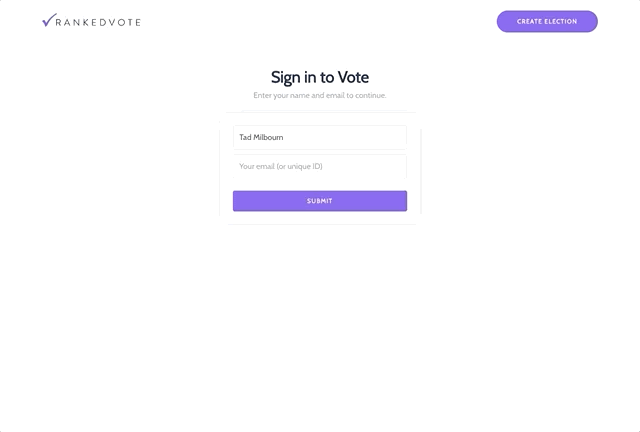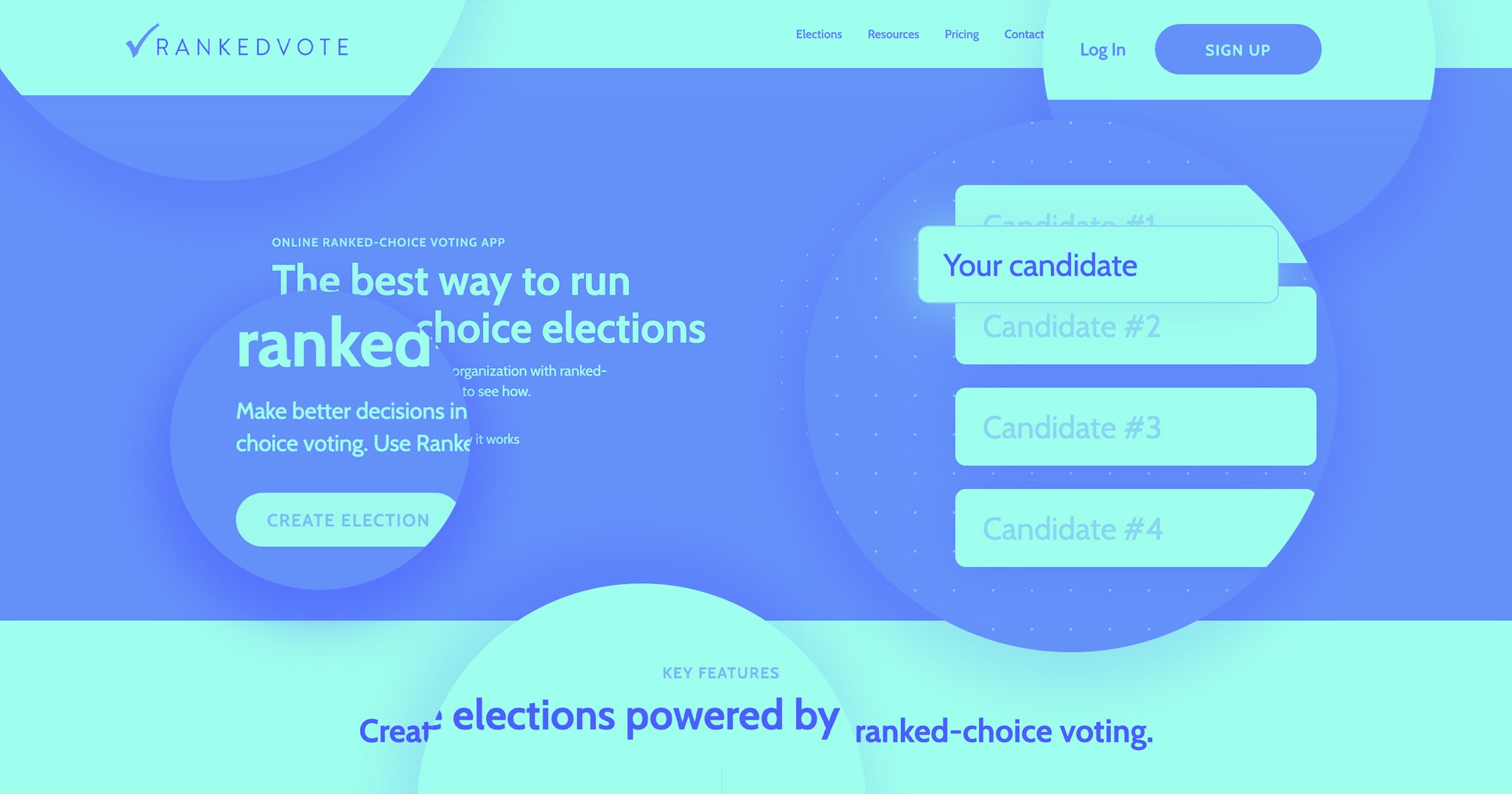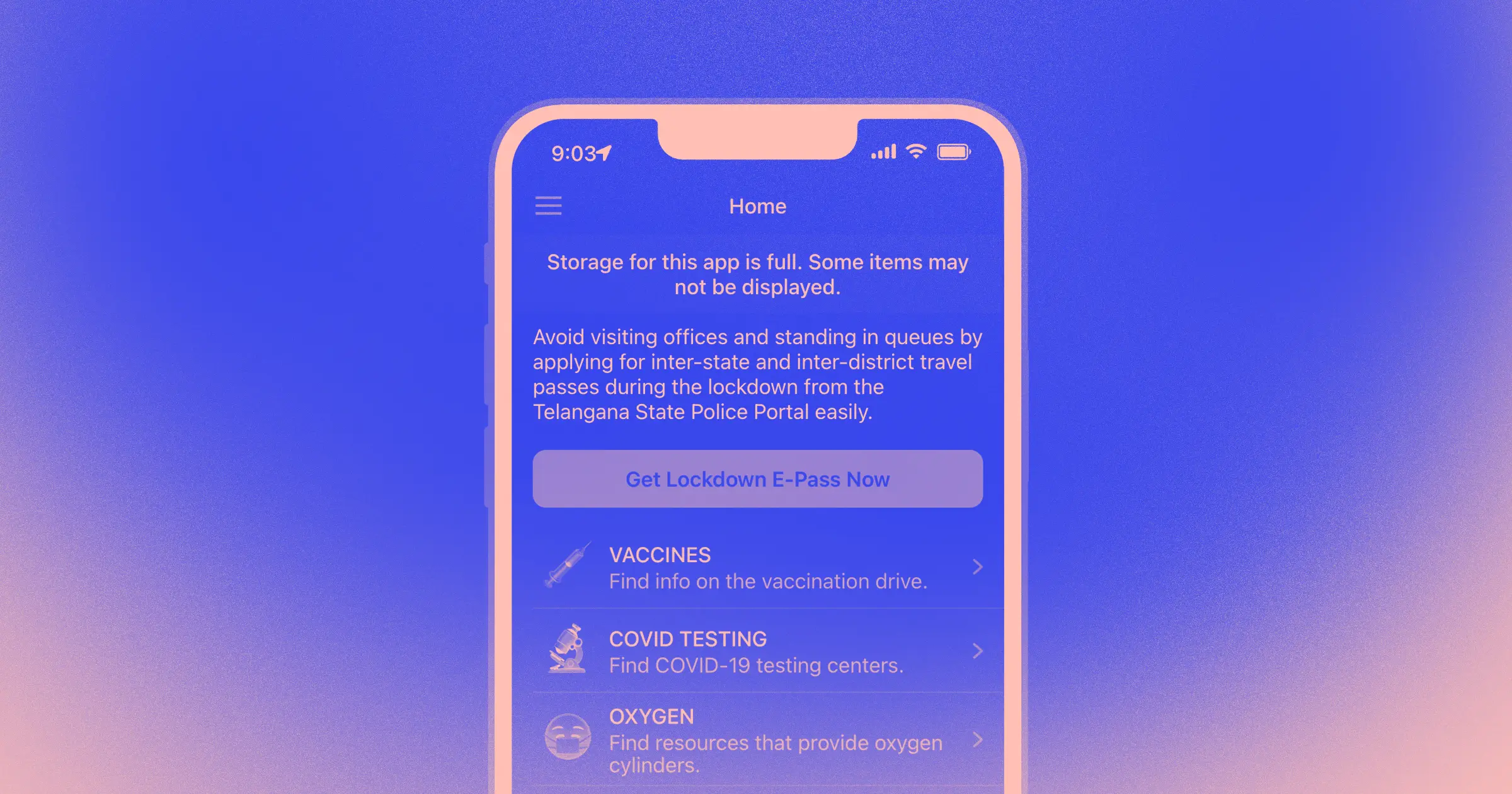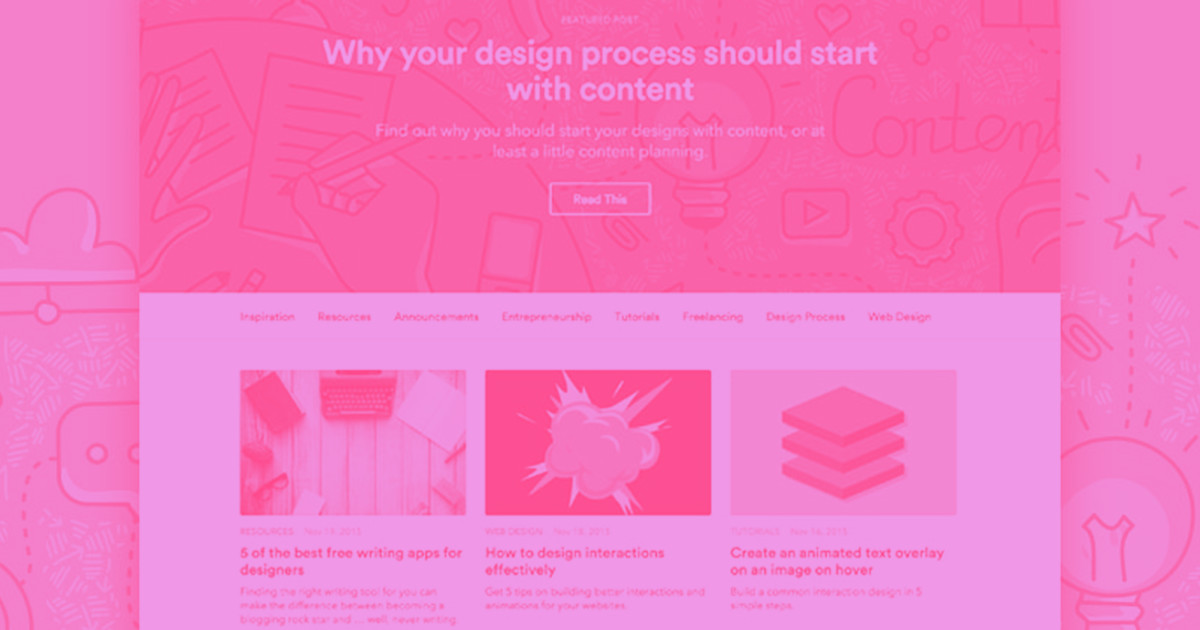I’m what you might call a “non-technical” founder.
I occupy that in-between space that’s a bit beyond “proficient in Microsoft Office,” but well short of a computer science degree.
Luckily, I’ve had the good fortune to be around fantastic technical people throughout my career. They built whatever we needed to build while I focused on the non-technical items (product, marketing, legal, sales, partnerships, support, accounting, etc.). It was a beautiful partnership.
But, deep down, I knew I wanted to build.
Except, there was always an excuse. “I don’t know how to code.” “It’s too hard.” “Some people have been doing this since they were nine. How can I ever catch up?” I made these excuses in 2004, in college. In 2013, when starting a business. And again in 2017, when I was in between jobs and had some time on my hands.
Which brings me to just over a year ago, January 2020. There I sat, staring at my computer screen, having just written a New Year’s resolution to finally “just build it with the skills I had.”
The “it” would soon become RankedVote, a web application for conducting ranked-choice voting elections online — an idea I had been kicking around in my head for months. The “skills I had” were late 90s HTML/CSS, some Photoshop, and proficiency in Microsoft Office.
Enter Webflow.
How I built a minimum viable product (MVP) with no-code
I used Webflow to build marketing sites in the past. I found Webflow sites quick to implement and responsive on mobile. Not quite a web app, but a good place to start.
To get going quickly and uplevel my design, I jumped into the Webflow template marketplace. The Forest theme from the folks at Flowbase immediately spoke to me (modern, approachable, and purple — our main brand color). With some text tweaks and a couple image replacements, I had a passable landing page and simple form for users to “create” elections.

To test my new business idea and simulate a real web application, however, I needed to take it a step further.
I wanted people to be able to rank their choices with a simple, drag-and-drop interaction. Thankfully, JotForm has a handy widget for “draggable” forms that can be embedded on any webpage. Combined with Webflow’s HTML embed, I had my MVP solution:
Webflow served up the “front-end.” JotForm handled the form interaction and saved the input to a “database.” The “business logic” involved downloading the results from JotForm to Excel for manual calculation.

Not a line of code had been written, but to any potential user, RankedVote would appear to be a real web application — all it was missing was visitors.
RankedVote had a site, but it still needed customers
Like most people with an idea, I turned to friends and family first. Out of those introductions, I connected with a school giving out annual awards to their top athletes — voted on by the school’s faculty. Many candidates + many voters = a great use case for ranked-choice voting.
I also fired up two dollars a day of Google AdWords to see if people searching for “online ranked-choice elections” would be intrigued enough to use the product.
Over the course of a few weeks, a handful of elections were created. When someone submitted a Webflow form, I’d get an email alert and scramble to create a new JotForm poll that could be used as a ballot. I’d then embed that poll in a Webflow page and share the link with the election creator. They’d share the link with their voters. When the voting was done, I’d download the spreadsheet and start crunching numbers — usually spending an hour or more creating the round-by-round results.

Two very important things happened during these early trials:
First, while the number of elections were small, they were, more importantly, not zero. People legitimately used this no-code “app” and made decisions based on the results. While the market may not be large, I knew that some market did exist for running ranked-choice elections online.
Second, after just a couple of run-throughs, I got very familiar with how ranked-choice calculations work. It’s not complicated, just tedious. Exactly the sort of thing that computers are very good at.



















Get started for free
Create custom, scalable websites — without writing code. Start building in Webflow.
Gaining the confidence to code
In just a couple of months, my resolution to “just build it” had taken RankedVote from a thought in my head to something that people actually found useful. It was exciting. I was brimming with confidence. But, there was a little nagging fear in the back of my head. What if this actually works? The moment an election happens with even as little as 100 voters, I’m going to lose an entire workday in spreadsheet hell doing the calculations. That’s not a particularly good scenario when you’ve already got a full-time job to contend with.
So, after almost two decades of procrastination — and with the confidence I gained from building the no-code app — I decided it was time to level up my skills. With the help of Codecademy, Stack Overflow, and a litany of online tutorials, I learned enough JavaScript to build something.
Through trial and error, the “some code” version of RankedVote started to come together. The ranked-choice calculation is really just a bunch of loops and arrays. The database involves little more than basic SQL.
Whenever I felt out of my depth, I would find a wonderful service with a reasonably priced solution. Not entirely sure how to securely store passwords? Use Auth0. Never deployed an app before? Well, if you can get it on GitHub, you can deploy it to Heroku. Not a designer? Use your Webflow template’s CSS to style your front-end components!
After months of intense learning, failed builds, and conquered obstacles, app.rankedvote.co was live. Elections with thousands of votes were calculated in less than a second. Results pages could dynamically display and animate the data. I built what I set out to build.

No-code gave me the confidence to pursue my passion
Today, over two thousand ranked-choice elections have been created. Many more thousands have participated in voting. Some people even pay for advanced features. RankedVote is a budding business, and nothing gives me greater satisfaction than building it.
Whether it’s whipping up a new resource page using Webflow’s CMS, updating homepage copy to see if it converts better, or enhancing the performance of a slow query, it’s all exhilarating.
That’s why I recently took the next plunge and decided to pursue RankedVote full-time.
What started as a New Year’s resolution is now my core passion and pursuit. With Webflow as the jumping off point, I’ve gone down the slippery slope from building web sites, to building MVPs, to building apps, to building a business.
I’m what you might call a founder.































